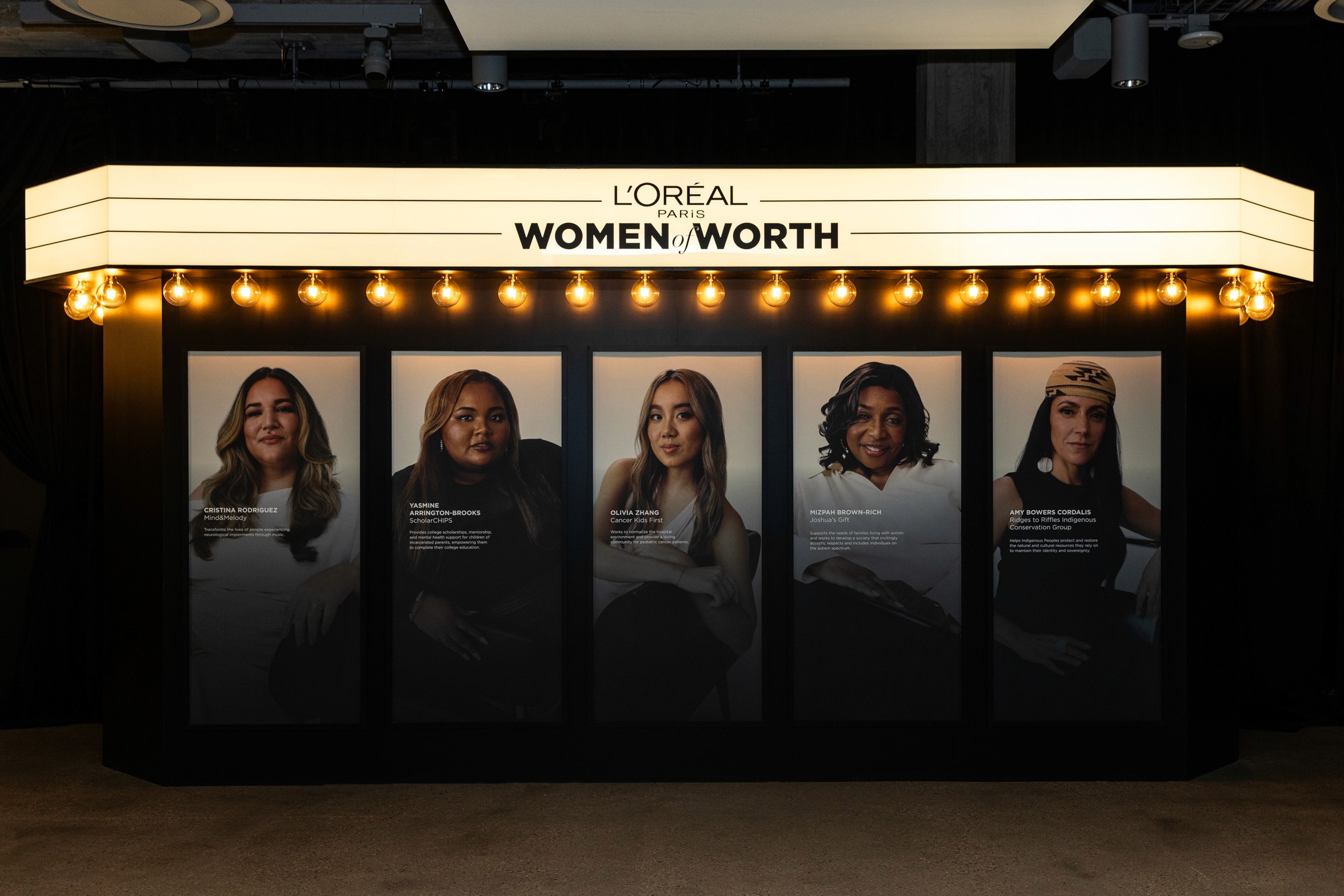The Intersection of Influencer Marketing and Experiential Campaigns
In today’s marketing landscape, authenticity and engagement are everything. As consumers become more skeptical of traditional advertising, brands are turning to influencer marketing and experiential campaigns to create deeper, more meaningful connections with their audiences. But what happens when these two powerful strategies intersect? The result is a game-changing approach that amplifies reach, boosts credibility, and transforms passive viewers into active participants.
Why the Future of Influencer Marketing is Experiential
Influencers thrive on storytelling, personal connection, and engagement—three elements that are also at the core of any great experiential marketing strategy. By inviting influencers to participate in or co-create live brand experiences, companies can transform traditional sponsorships into immersive moments that resonate far beyond the event itself.
Take Nike, for example. The brand frequently integrates influencers into its pop-up activations, exclusive sneaker drops, and athletic experiences. By giving creators firsthand experiences to share with their followers, Nike transforms what could be a standard product promotion into a must-see event.
The Power of In-Person Engagement in a Digital-First World
Even in an age dominated by digital content, real-world experiences still hold unparalleled value. When influencers participate in live events, their posts feel more authentic and unscripted, making their endorsements even more powerful. According to studies, consumers trust recommendations from influencers they follow almost as much as recommendations from friends.
Brands like Dior have embraced this strategy by flying top-tier beauty influencers to exclusive product launches, where they engage in immersive brand experiences—whether it’s a hands-on makeup workshop or a fashion-forward art installation. These activations not only create buzz but also fuel high-quality, organic content that feels exclusive yet accessible to audiences.
How to Build an Influencer-Driven Experiential Marketing Strategy
For brands looking to blend influencer marketing with experiential campaigns, here are three key steps to consider:
1. Curate an Experience That Aligns with Your Influencers' Audience
Not every event will resonate with every influencer’s followers. When selecting influencers, ensure their community aligns with your target audience. A fitness brand hosting a wellness retreat should partner with health and lifestyle creators who can naturally integrate the experience into their content.
2. Encourage Real-Time and Multi-Format Content Creation
An influencer event is only as impactful as the content it generates. Provide multiple opportunities for creators to share real-time moments, from Instagram Stories to TikTok trends, while also capturing longer-form content like YouTube vlogs and blogs.
3. Leverage Experiential FOMO
Create a sense of exclusivity by incorporating limited-access elements. Whether it’s a VIP-only event, a pop-up with a time-sensitive activation, or a hands-on product experience, ensuring influencers and their audiences feel like they’re part of something unique will drive higher engagement.
The Bottom Line
The fusion of influencer marketing and experiential marketing strategies is redefining brand engagement. When done right, these campaigns move beyond paid partnerships and into the realm of organic, immersive storytelling—where brands, influencers, and consumers become co-creators of a shared experience.
As marketing continues to evolve, brands that embrace experience-driven influencer collaborations will not only stand out but also forge authentic, lasting connections with their audiences.
Are you ready to integrate influencers into your next experiential campaign? The time to innovate is now.
— Pauline Oudin
Chief Executive Officer



